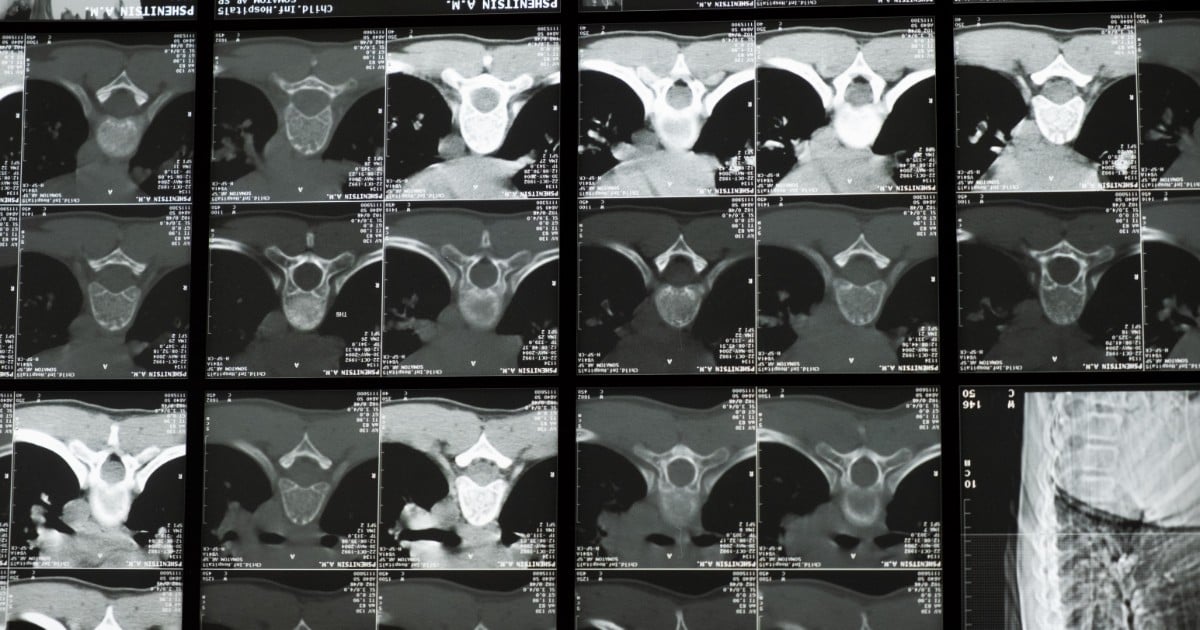Machine Learning Based Biomedical Signal Processing
A special issue of Applied Sciences (ISSN 2076-3417). This special issue belongs to the section "Applied Biosciences and Bioengineering".
Deadline for manuscript submissions: closed (20 November 2024) | Viewed by 6952

Special Issue Editors
Interests: clinical machine learning; data science; wearable sensing
Special Issues, Collections and Topics in MDPI journals
Special Issue Information
Dear Colleagues,
Machine learning-based biomedical signal processing is reshaping healthcare at an unprecedented pace. Remarkable advancements have been achieved in addressing a range of practical challenges within healthcare domains, including digital health, telemedicine, mental health, assistive rehabilitation, chronic disease management, and human–computer interfaces. In addition, the seamless integration of biomedical signal processing harmoniously complements the ongoing research and innovation in wearable devices and the Internet of Things.
This Special Issue provides a platform for researchers, practitioners, and innovators to showcase these latest research achievements, findings, ideas, and reviews in the field of machine learning-based biomedical signal processing for diverse healthcare applications. These applications encompass, but are not limited to, early diagnosis, disease detection, personalised medicine, mental health, remote monitoring, disease prediction, and biomedical imaging. This will help to promote understanding, improve delivery outcomes, and provide treatment and prevention for health-related issues. Authors are encouraged to submit manuscripts for publication in (but not limited to) the following areas:
- Biomedical signal processing and modelling;
- Machine intelligence for diagnosis and predictive analysis;
- Medical imaging, modelling, and simulation;
- Multimodal learning for healthcare applications;
- Big data analytics for biomedical applications;
- Machine learning for telemedicine;
- Machine learning in mental health and psychology;
- Robotic systems and assistive rehabilitation;
- Wearable technologies for remote monitoring;
- Machine learning for human–machine interaction.
Dr. Lei Lu
Dr. Jiandong Zhou
Guest Editors
Manuscript Submission Information
Manuscripts should be submitted online at www.mdpi.com by registering and logging in to this website. Once you are registered, click here to go to the submission form. Manuscripts can be submitted until the deadline. All submissions that pass pre-check are peer-reviewed. Accepted papers will be published continuously in the journal (as soon as accepted) and will be listed together on the special issue website. Research articles, review articles as well as short communications are invited. For planned papers, a title and short abstract (about 100 words) can be sent to the Editorial Office for announcement on this website.
Submitted manuscripts should not have been published previously, nor be under consideration for publication elsewhere (except conference proceedings papers). All manuscripts are thoroughly refereed through a single-blind peer-review process. A guide for authors and other relevant information for submission of manuscripts is available on the Instructions for Authors page. Applied Sciences is an international peer-reviewed open access semimonthly journal published by MDPI.
Please visit the Instructions for Authors page before submitting a manuscript. The Article Processing Charge (APC) for publication in this open access journal is 2400 CHF (Swiss Francs). Submitted papers should be well formatted and use good English. Authors may use MDPI's English editing service prior to publication or during author revisions.
Keywords
- biomedical signal processing
- machine learning
- healthcare
- diagnosis
- modelling
- predictive analysis
Benefits of Publishing in a Special Issue
- Ease of navigation: Grouping papers by topic helps scholars navigate broad scope journals more efficiently.
- Greater discoverability: Special Issues support the reach and impact of scientific research. Articles in Special Issues are more discoverable and cited more frequently.
- Expansion of research network: Special Issues facilitate connections among authors, fostering scientific collaborations.
- External promotion: Articles in Special Issues are often promoted through the journal's social media, increasing their visibility.
- e-Book format: Special Issues with more than 10 articles can be published as dedicated e-books, ensuring wide and rapid dissemination.
Further information on MDPI's Special Issue policies can be found here.






